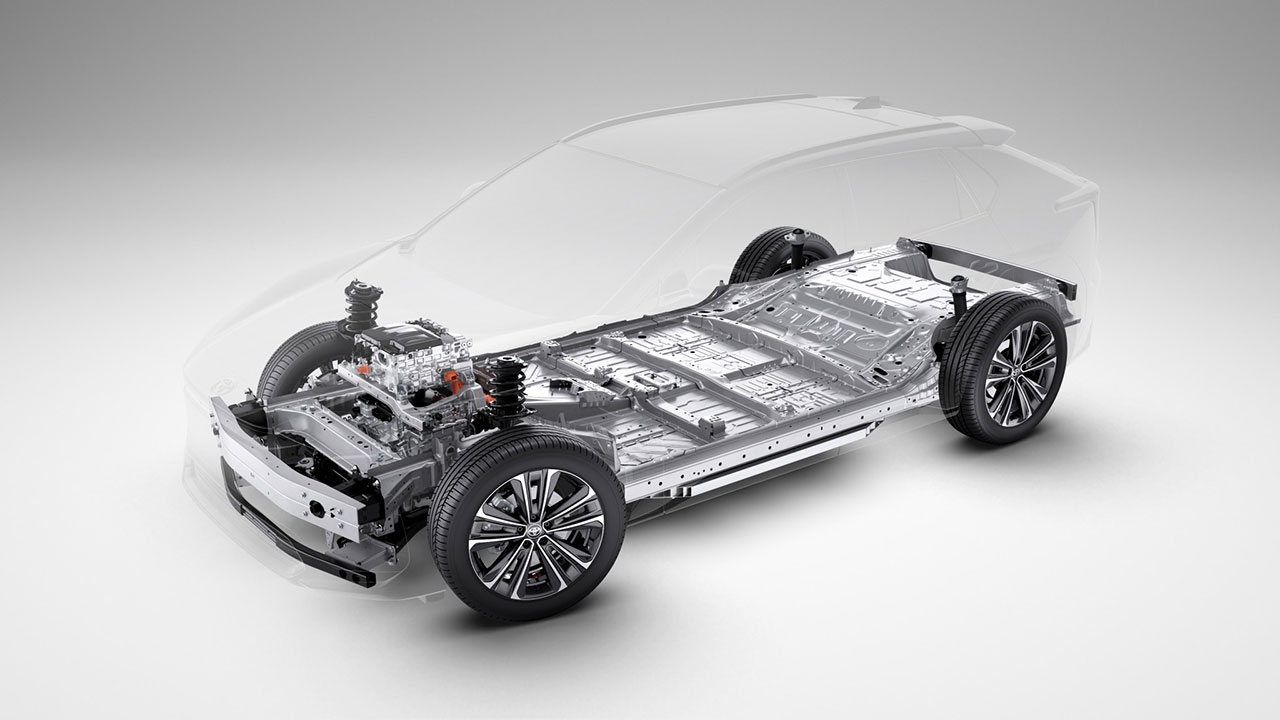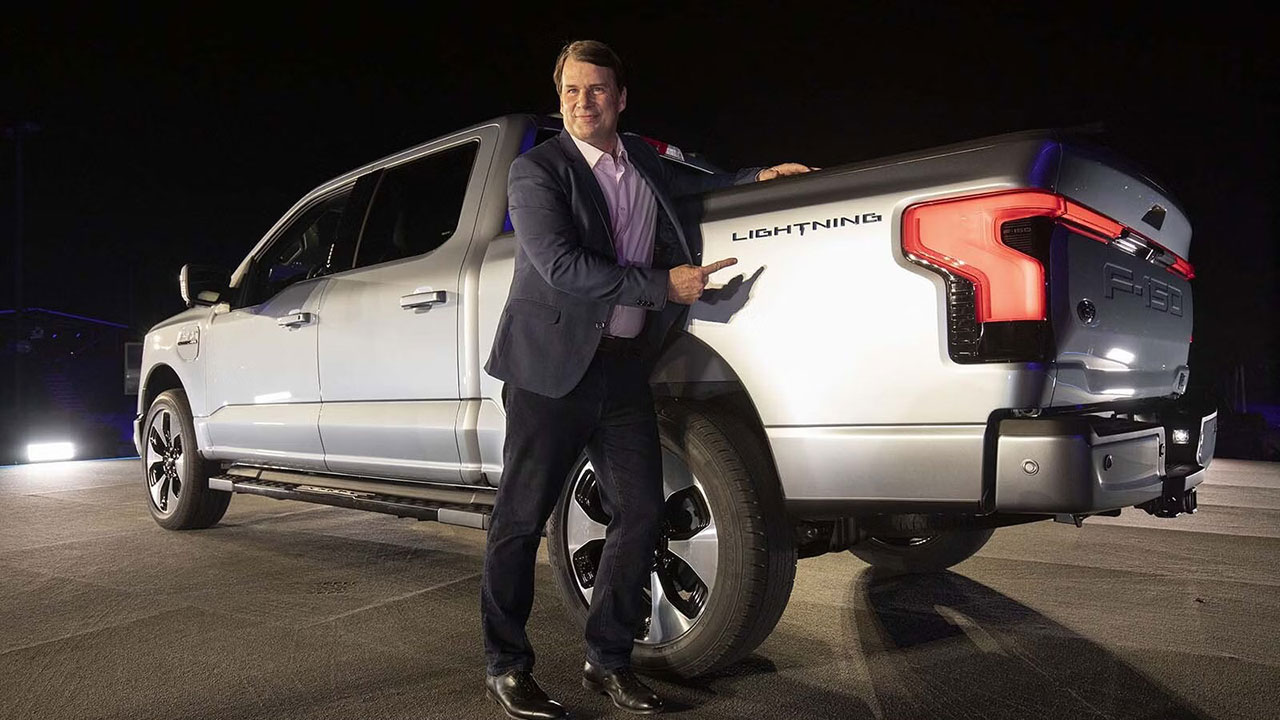Это часть инвестиций в размере 1,3 миллиарда долларов в предприятие Toyota в американском штате Кентукки.
Компания Toyota подтвердила свои планы по выпуску нового электромобиля для американских водителей. В центре внимания — трехрядный электрический внедорожник, ориентированный на потребности американских потребителей.
Toyota, известная в первую очередь как пионер гибридных автомобилей с моделью Prius, теперь делает ставку на электромобили. Часть этого амбициозного плана включает в себя инвестиции в размере 1,3 миллиарда долларов в свой завод в Кентукки. Этот завод станет центром будущего производства электромобилей.
В настоящее время на заводе Toyota в Кентукки работает около 9400 сотрудников, и он является флагманской производственной площадкой компании в США.
Керри Крич, президент Toyota Kentucky, подчеркнул важность этого события. Он сказал: «Сегодняшнее объявление отражает наше стремление к электрификации автомобилей и дальнейшему реинвестированию в наши американские предприятия. Поколения членов нашей команды помогали подготовиться к этой возможности, и мы продолжим двигаться вперед в будущем, оставаясь верными тому, кто мы есть как компания, и ставя наших людей на первое место для последующих поколений».
Помимо создания совершенно нового трехрядного электрического внедорожника, ориентированного на американских покупателей, планы Toyota охватывают различные аспекты электрической мобильности. В частности, японский автопроизводитель намерен создать линию по сборке аккумуляторных батарей в том же штате.
К 2026 году компания планирует запустить три различные линейки батарей, которые будут сочетать в себе высокую производительность и экономичность. Один из самых ожидаемых проектов связан с разработкой твердотельных аккумуляторов. Эти элементы питания обещают потенциальные возможности быстрой зарядки..
Текущий флагманский электромобиль от Toyota, кроссовер bZ4X, может заряжаться от 10 до 80 % за 32 минуты. Ожидается, что с твердотельными батареями, зарядить электромобиль с 10 до 80 процентов можно будет всего за 10 минут.
Источник: Engadget

 8 февраля, 2024
8 февраля, 2024 






